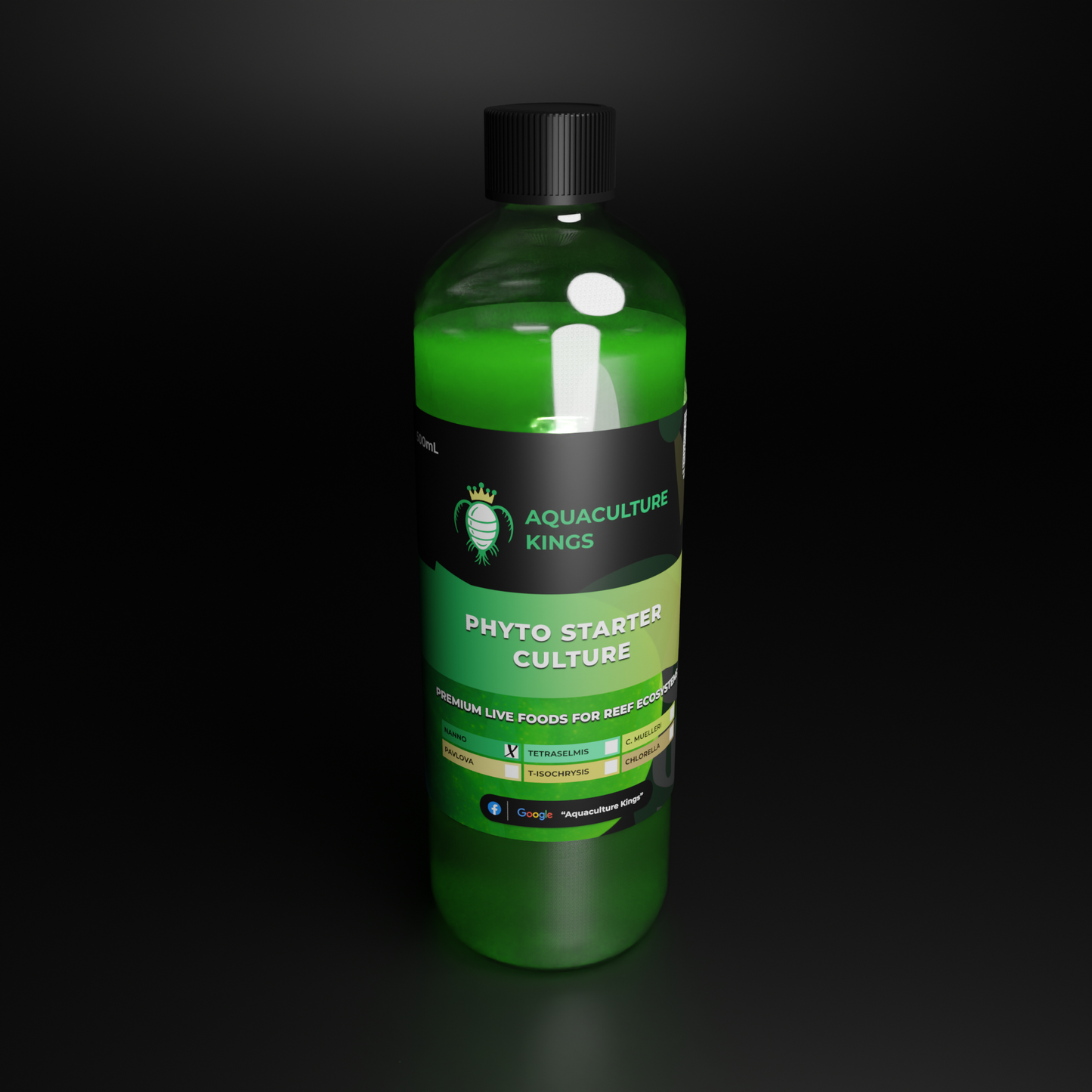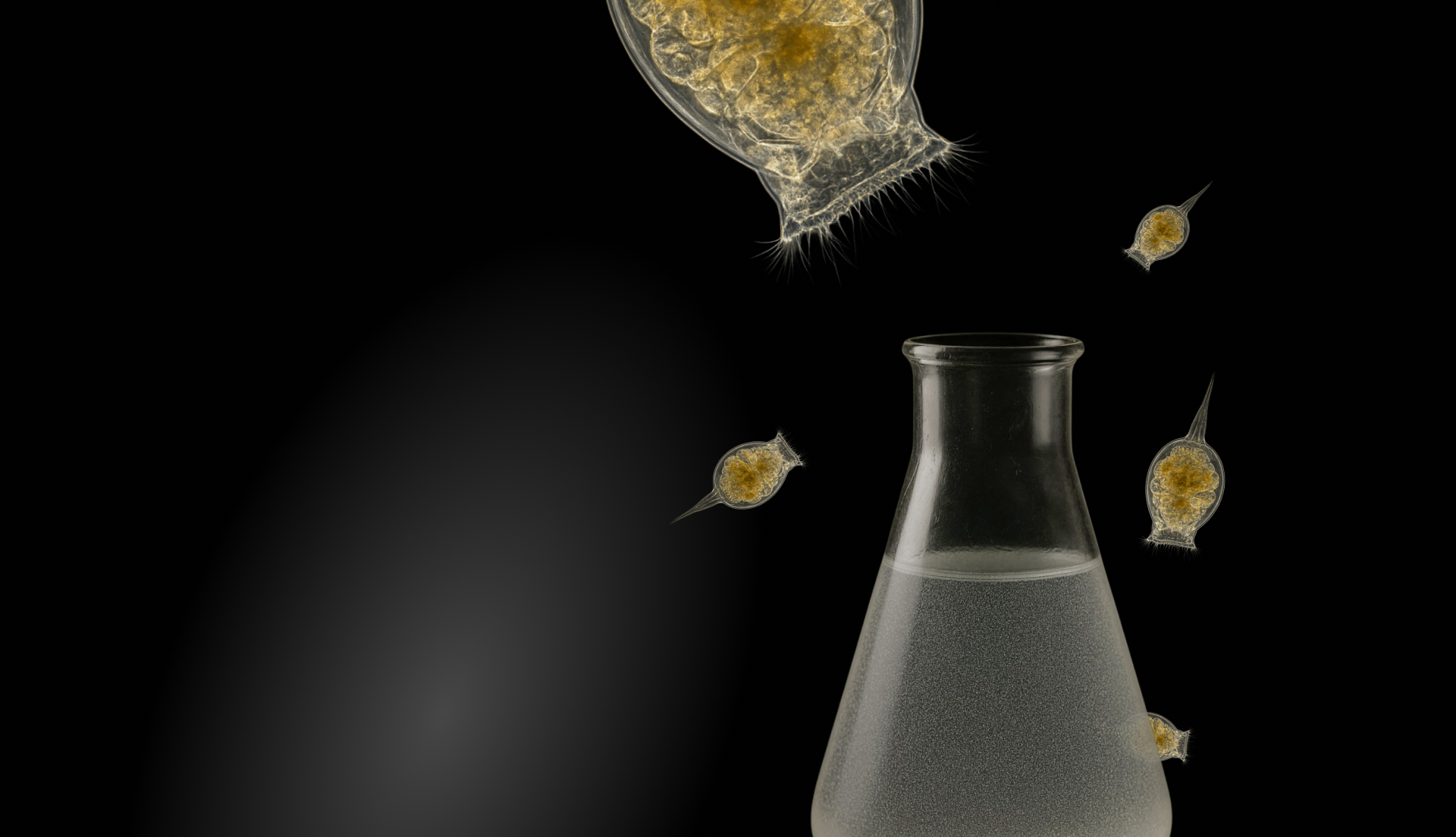Description
Feed your reef with live Nannochloropsis and support the life that depends on it. Ideal for filter feeders and pods, this hardy microalgae helps keep your tank balanced and full of activity. It's a simple, effective way to boost biodiversity and maintain better water quality.
Benefits of Nannochloropsis (500mL):
-
Rich in EPA (eicosapentaenoic acid) – essential omega-3 fatty acid for marine life
-
Supports copepods, rotifers, sponges, clams, and other filter feeders
-
Helps reduce excess nutrients (nitrate and phosphate)
-
Improves microfauna populations and pod reproduction
-
Completely non-motile – stays suspended longer, ideal for slow feeders
-
Cultured under sterile conditions, no preservatives or additives
NOT FOR HUMAN CONSUMPTION. KEEP OUT OF REACH OF CHILDREN
Nannochloropsis: The Ocean's Powerhouse
Nannochloropsis is a genus of marine microalgae that forms the foundation of oceanic food webs. These tiny powerhouses are responsible for producing over 70% of the world's oxygen and serve as the primary food source for countless marine organisms in your reef ecosystem.
Reef Tank Nutrition
Provides essential nutrition for corals, fish, and invertebrates. Rich in omega-3 fatty acids, proteins, and vital nutrients that promote vibrant colors and healthy growth in your reef inhabitants.
Oxygen Production
Generates oxygen through photosynthesis, contributing to the dissolved oxygen levels in your aquarium. This microscopic algae produces more oxygen than all terrestrial plants combined.
Food Chain Foundation
Forms the base of the marine food web, supporting zooplankton, small fish, and filter-feeding organisms. Essential for maintaining a balanced and thriving reef ecosystem.
Growth Chart (Nannochloropsis)
A useful colour chart showing growth milestones specific to this strain of phytoplankton.
Dosage Instructions
Calculate the correct dosage for your water volume using our easy calculator below.
Dosage Instructions
Add 10 mL per 100L (26 gallons) daily or as needed.
Dose directly to a refugium or high-flow area for best results.
Dosage Calculator
Heavy dosing can cause pH swings at night if the cells remain uneaten, as well as cause protein skimmers to overflow rapidly. If you notice any of these occurring, dose a little less until the problem resolves.



